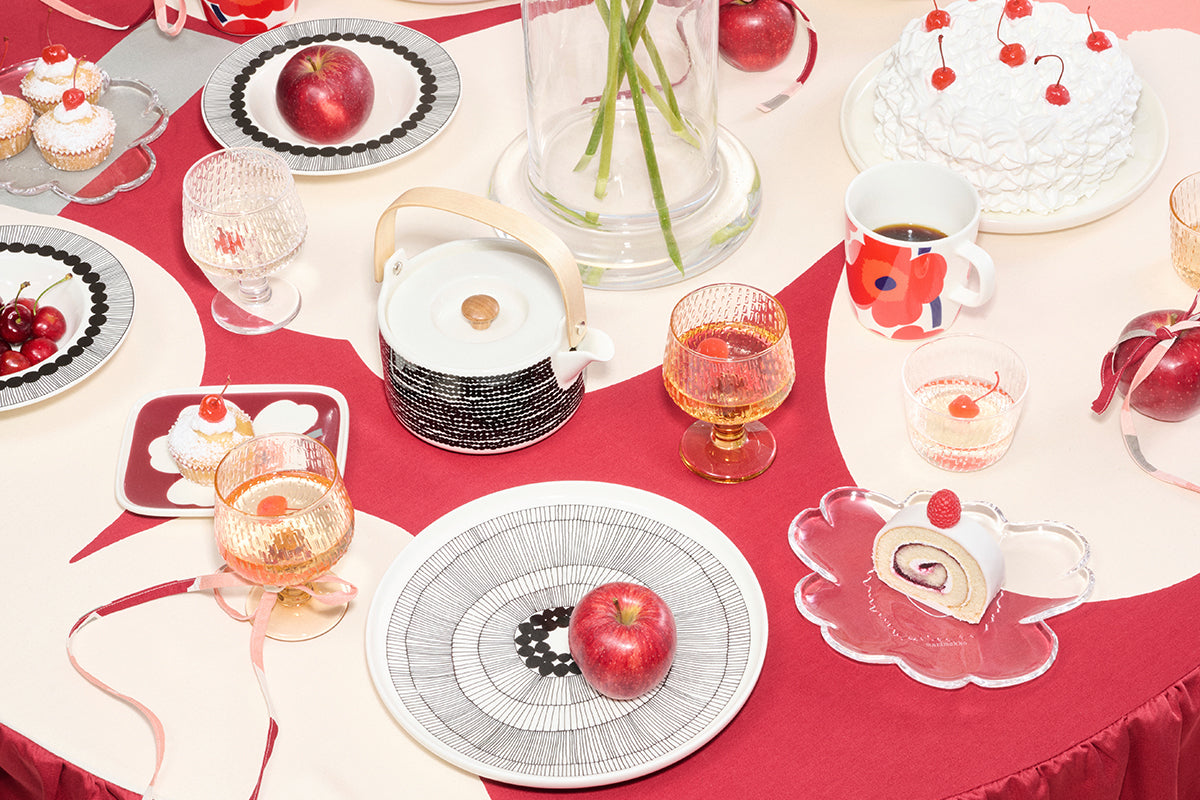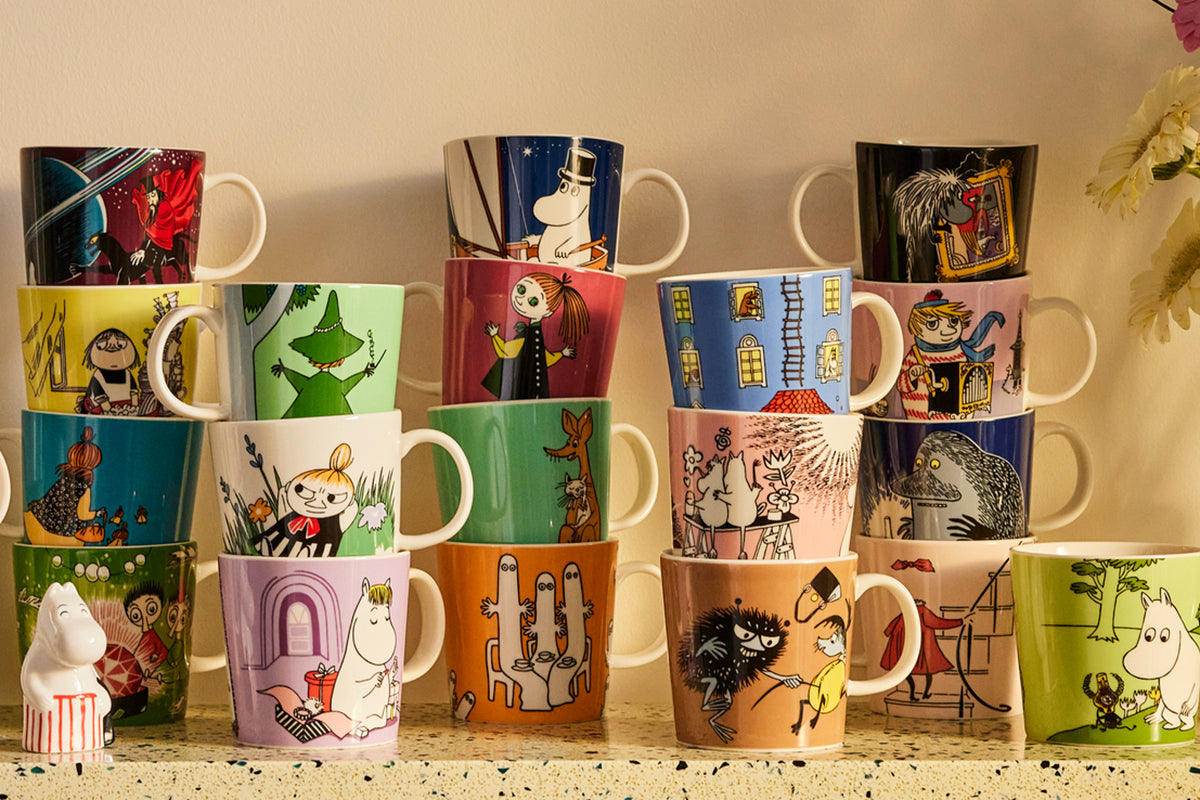When you think of Marimekko, chances are a vibrant splash of color and bold, eclectic patterns come to mind. At the heart of Marimekko’s brand identity is the work of Maija Isola, one of Finland’s most iconic textile designers. Her creativity not only helped define the look and feel of Marimekko but also positioned the brand as a symbol of postwar modernism and joyful rebellion in design.
Born in 1927 in Riihimäki, Finland, Maija Isola was Marimekko’s very first textile designer in 1951, the same year the company was founded by Armi Ratia. She was commissioned directly after graduating from the Ateneum art school at the age of 22. What followed was a four-decade-long collaboration that produced more than 500 fabric designs, many of which are still in production today. Her work still represents the spirit of Marimekko: bold, modern, and expressive.
Isola’s most iconic contribution came in 1964 with the Unikko (poppy) pattern. At the time, Armi Ratia had famously declared that Marimekko would never do floral prints, believing the true beauty of flowers could not be captured in print form. Isola creatively rebelled by designing an entire series of bold, abstract floral prints, and the hand-painted Unikko print was born. The vibrant and oversized poppies featured red and pink petals that filled the white base, while dark blue stems and eyes added unique contrast. The pattern quickly became a symbol of Marimekko’s identity. Ironically, the very pattern that broke the rules became the brand’s most recognizable symbol.

But Maija Isola’s legacy extends far beyond Unikko. Her artistic range was vast. From geometric abstractions to organic forms, her prints drew from a plethora of inspirations: nature, folk art, modern painting. Her own travels across Europe, North Africa, and the United States also played a role in her designs, as she incorporated stylistic elements from many different cultures. These experiences gave her a vast palette from which to draw, and this range is clearly evident in her far-ranging designs. Isola treated textiles as a canvas, creating expressive, painterly designs that challenged conventional ideas of pattern and repetition. Her ability to blend fine art and functional design is a key reason Marimekko’s textiles resonated globally.
Isola’s role in shaping the brand wasn't just aesthetic, it was philosophical. In the postwar years of Finland, Marimekko represented something refreshing and different. It stood for optimism, independence, and creative freedom. Isola’s prints reflected these values, as her designs were not delicate or decorative, but they were bold, loud, and full of life. They made a statement about living in color and embracing beauty in everyday life. Whether draped on a dress or hanging as a curtain, her fabrics encouraged self-expression and individuality.
Even after stepping back from day-to-day work in the late 1980s, Isola’s influence kept on. Her daughter Kristina Isola continued to reinterpret and manage her mother’s archive, ensuring the legacy of Maija’s work lived on in both new collections and timeless reissues. Today, Maija Isola’s designs are part of museum collections worldwide, and Unikko alone remains a best-seller. It is often reinterpreted with new colors through the seasons across fashion, homeware, and lifestyle products. When Maija passed away in 2001, Kristina continued to carry on her mother’s tradition and produced new color waves of Maija’s classic designs.

In many ways, Maija Isola was ahead of her time. She was a designer who blurred the lines between art and utility, and who wasn’t afraid to challenge norms to create something bold and beautiful. Her work helped make Marimekko more than just a textile brand, it became a cultural icon and a symbol of joy and creativity. Through her rebellious nature, Isola gave shape to an entire design language that continues to inspire new generations.
*Images courtesy of Marimekko.




